The CEO of wireless speaker maker Sonos, John MacFarlane, is resigning from the company he founded in 2002 due to increased competition from the likes of Amazon and other wireless speaker makers, a move that could potentially influence a close partnership with Apple.
MacFarlane is being replaced by a deputy, Patrick Spence, and will also leave the Sonos board of directors, the New York Times said on Tuesday. The executive will, however, remain employed at the company to work on mentoring and other projects.
Speaking with the Times, MacFarlane said that he actually wanted to resign earlier given the age of his parents and his wife's struggle with breast cancer, but decided to postpone a departure when Amazon's Echo speaker began making a serious dent in Sonos sales.
MacFarlane admitted that he ignored the threat Echo might pose to his company. Sonos specializes in high-quality, multi-room Wi-Fi systems, while the Echo is a single-room Bluetooth speaker built around Alexa, Amazon's voice assistant. Voice control appears to be a key differentiator, however. While Sonos speakers offer native app-based control for more music services, people can simply ask an Echo to stream a station or song from services like Spotify, Pandora, and Amazon Music.
"I fell into that trap where I've been watching voice recognition for years," MacFarlane said. "I tried Echo in the beginning and wrote it off. I had too many distractions at that time. I wasn't playing at the level I should have been playing at in all frankness."
In March 2016 the CEO announced a round of layoffs, and since then Sonos has revealed a collaboration with Amazon that will eventually let people control its speakers with Alexa. Third-party Alexa integration was a popular feature at this year's Consumer Electronics Show.
Apple and Sonos have become increasingly close. The latter's speakers have been a staple of Apple's online and retail stores for some time, and in tandem with native Apple Music support coming to the speakers in Feb. 2016, the two companies launched a collaborative ad campaign.
Spence's leadership style could take Sonos in a different direction, particularly if Apple decides it doesn't want Alexa-based devices in its stores. That might invite direct comparisons with its own voice assistant, Siri, particularly if a rumored Echo competitor comes to fruition.
 Mikey Campbell
Mikey Campbell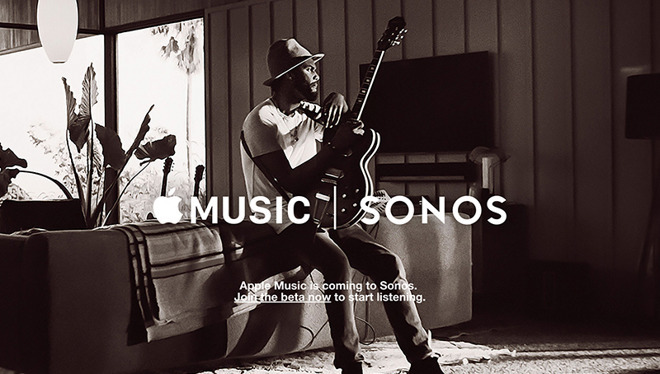



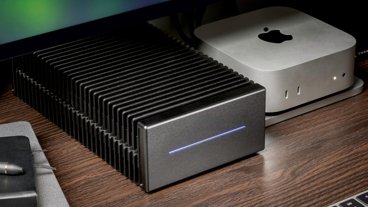

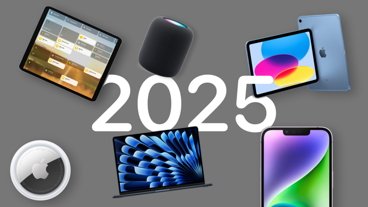
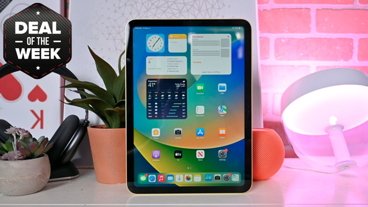
-m.jpg)






 Wesley Hilliard
Wesley Hilliard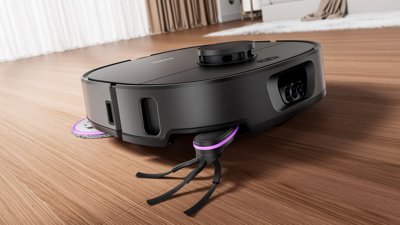
 Malcolm Owen
Malcolm Owen
 Andrew O'Hara
Andrew O'Hara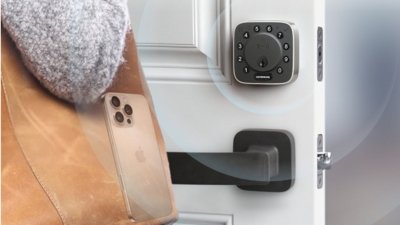

 Charles Martin
Charles Martin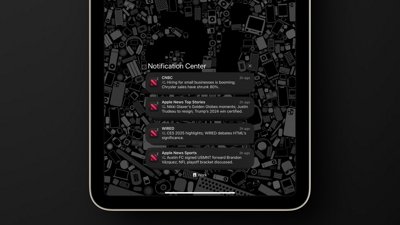
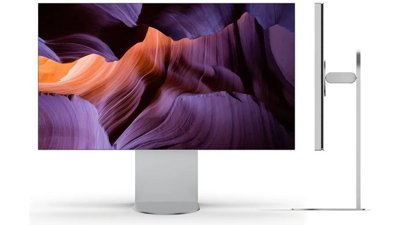
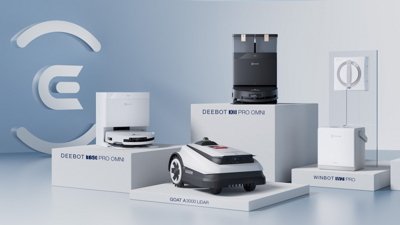

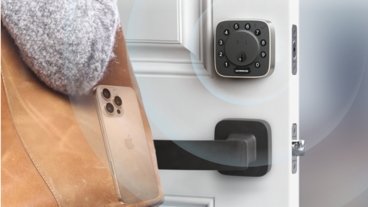
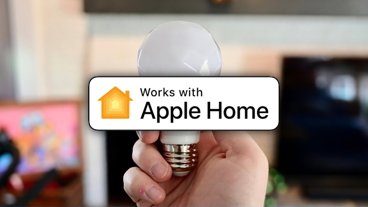



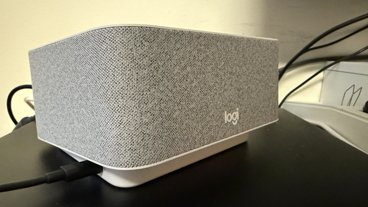



13 Comments
Please let this be true. I love my Sonos set up, if there was ever a good marriage, this is it.
I also want Sonos and Phillips Hue to have babies, just because I want a high quality speaker bulb for my bathroom. Bathrooms generally don't have 240v sockets, but the lighting does.
If Apple made the iPods wifi+music+siri they could turn the army of existing iPod speakers out there into Alexa competitors in months.
What Apple should do that Amazon can't do is come out with a speaker that is controlled by your iPhone in a similar way that an Apple Watch is controlled by the iPhone. This would make the speaker a more powerful computer. It would avoid the problem of your TV or a kid ordering stuff because there would not be a paired iPhone in range. What this does is allow you to leave your phone in your pocket at times when you don't want to be putzing with it or your hands are busy. It would play music from your phone's library and more. Amazon? They don't have a phone! Bam! Get them where they're weakest!
I'd be all for Apple acquiring Sonos provided they actually have plans for extending the product. Sonos issue as I see it is that they can only spend so much money on R&D. Their Play 5 revamp was expertly done but it "feels" like they don't have the same inclination to revamp the Play 3 and Play 1.
What Sonos has done well is work with integrators and that could be a boon to Apple because they should be looking to push HomeKit as a near complete solution for Connected Home in the new few years.
Problem is Apple doesn't like managing too many gadgets and Sonos needs a smaller more functional pre-amp and amp for legacy systems. Apple could also license out the Sonos IP under a revamped Airplay plus like protocol and let third party vendors manage the amplification stages.
Beats .......................................................................